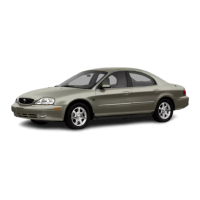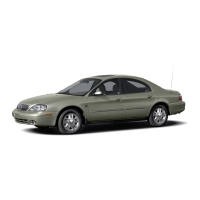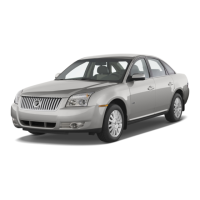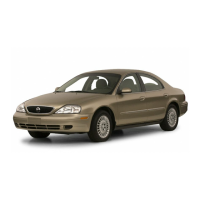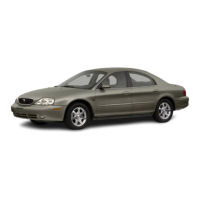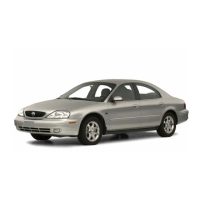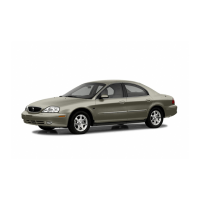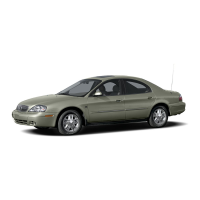• Front Wheel Drive (FWD)
vehicles (front tires at top of
diagram)
• Rear Wheel Drive (RWD)
vehicles/Four Wheel Drive
(4WD)/ All Wheel Drive (AWD)
vehicles (front tires at top of
diagram)
2008 Sable (mgo)
Owners Guide (post-2002-fmt)
USA (fus)
Tires, Wheels and Loading
199
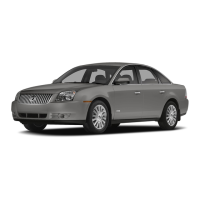
